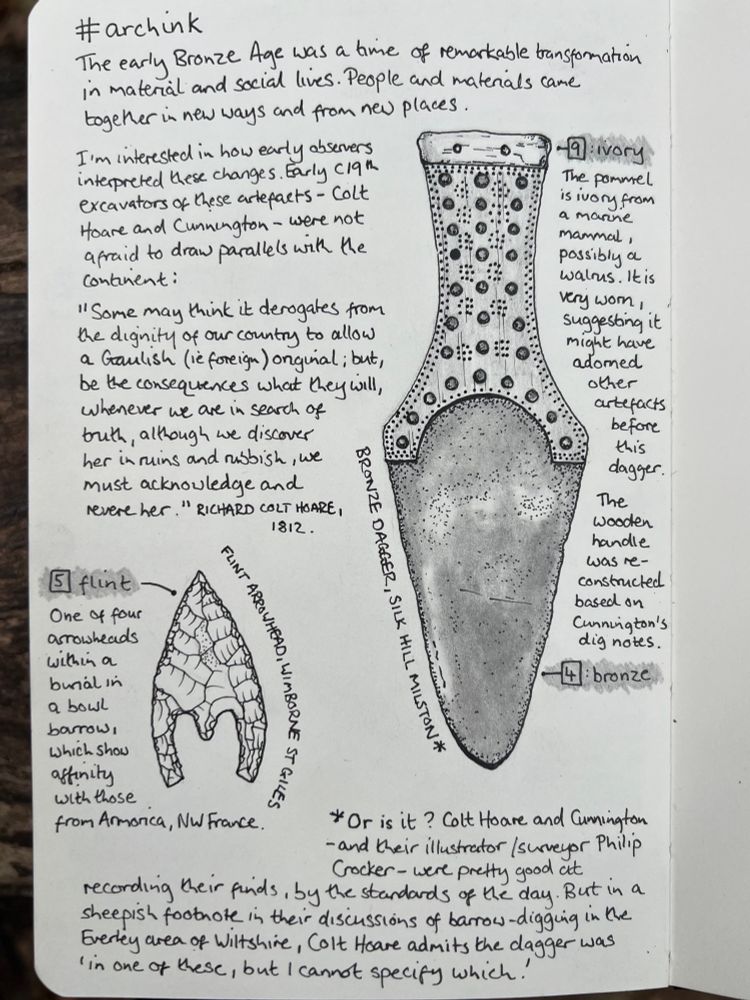Wiltshire Museum
@wiltshiremuseum.bsky.social
1.1K followers
69 following
5.7K posts
Wiltshire Museum, Devizes. Discover the story of Wiltshire, including Britain's best early Bronze Age archaeology collection featuring Gold from the Time of Stonehenge. Family friendly.
Posts
Media
Videos
Starter Packs
Reposted by Wiltshire Museum
Reposted by Wiltshire Museum
Reposted by Wiltshire Museum
Reposted by Wiltshire Museum
Reposted by Wiltshire Museum
Reposted by Wiltshire Museum
Reposted by Wiltshire Museum

















